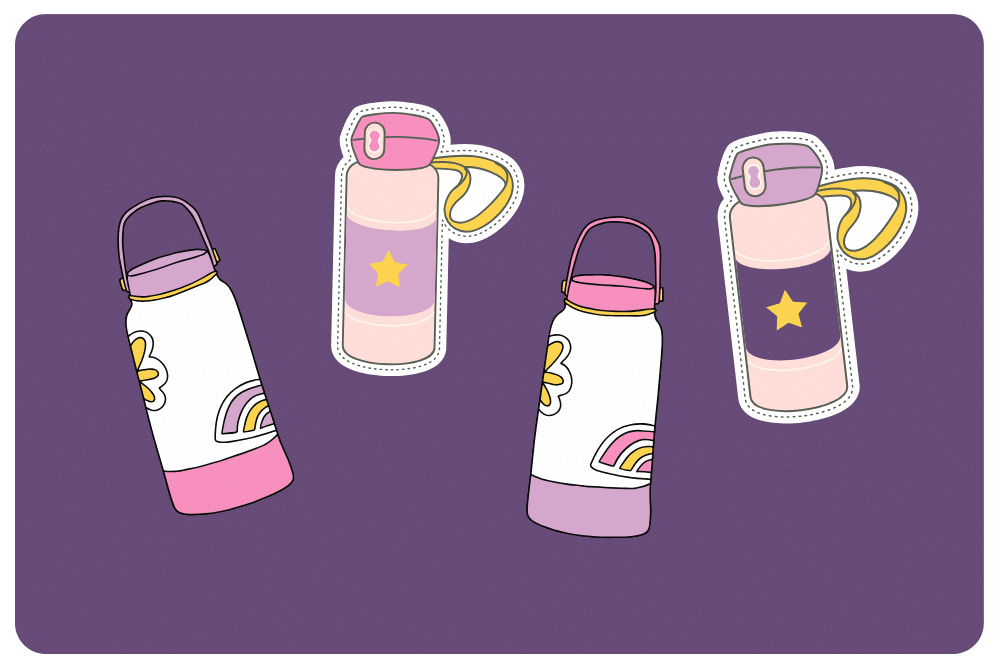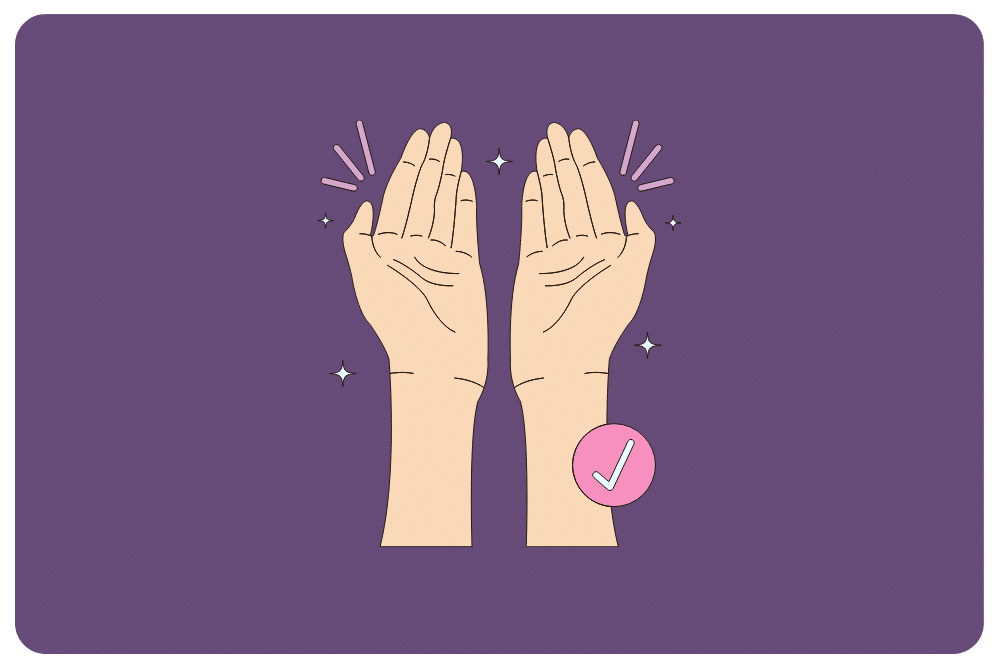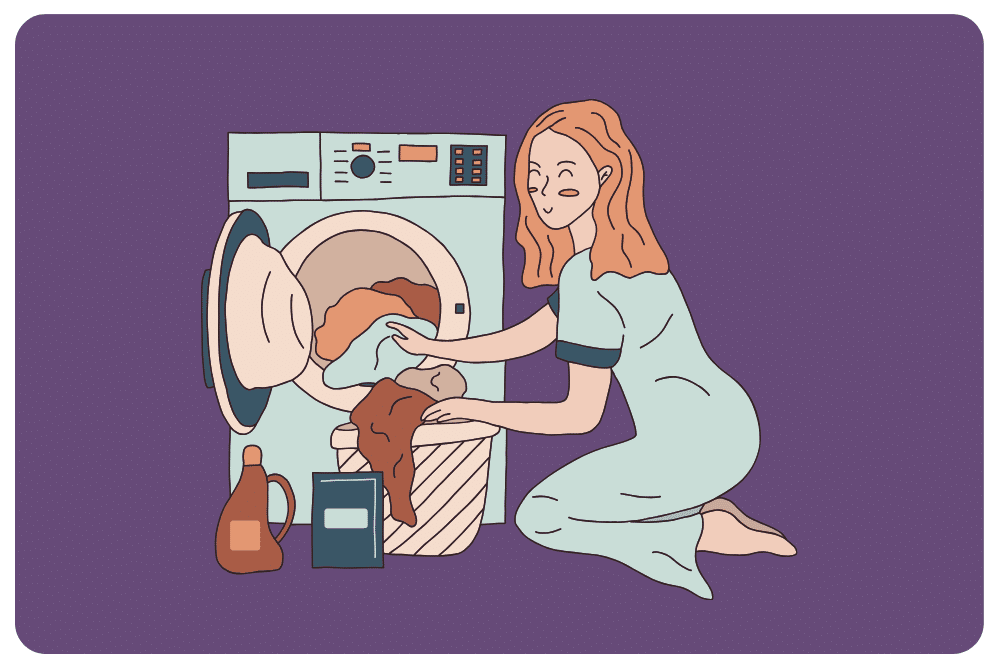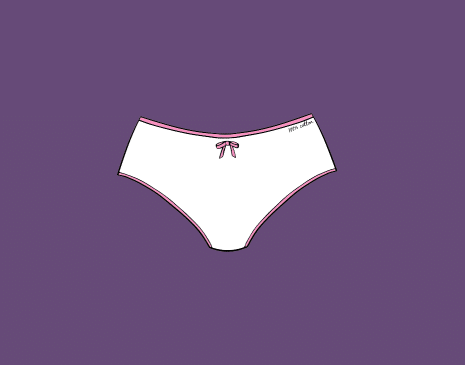Urinary Tract Infections (UTIs) might be common, but they are by no means pleasant. That burning sensation, the constant urge to rush to the bathroom, and the discomfort that lingers—it’s a scenario no woman wants to endure. Fortunately, there’s good news: these common UTI symptoms are largely preventable with some simple solutions and a little bit of knowledge.
Whether you’ve battled a lower urinary tract infection before or simply looking to stay ahead of the game, we’ve got you covered. So, let’s delve deep into the world of UTIs, their causes, symptoms, and, most importantly, the foolproof methods to keep them at bay. From lifestyle adjustments to dietary choices and hygiene practices, we’ll provide a toolbox of tips and tricks to safeguard yourself from recurrent UTIs.
Hydration Habits: Your Key to Urinary Tract Infection (UTI) Prevention
Sipping water throughout the day might seem insignificant in the grand scheme of things. After all, it’s just a basic bodily need, right? Well, it’s time to reconsider. Hydration habits, those seemingly small actions of consistently drinking water, play a monumental role in overall health and preventing urinary tract infections. When you drink adequate water, you help your body flush out potentially harmful bacteria from your urinary tract. Here are some hydration habits to incorporate into your daily routine to reduce the risk of UTIs:
- Set a Daily Goal: While the often-quoted “eight glasses a day” is a good starting point, tailoring your water intake to your needs is essential. Factors like climate, activity level, and body size all play a role.
- Invest in a Reusable Water Bottle: A reusable water bottle is one of the most effective ways to stay hydrated consistently. Choose a bottle you love, whether a sleek stainless steel model or a leopard-print BPA-free plastic one. The key is to make it your hydration companion, carrying it wherever you go.
- Create a Hydration Schedule: Like any habit, consistency is key. Create a schedule for drinking water that works for you. It could be as simple as having a glass before each meal, drinking a glass upon waking up or setting hourly reminders during the workday.
- Flavour It Naturally: If plain water doesn’t excite your taste buds, infuse it with natural flavours. Add slices of fresh citrus fruits, cucumber, mint leaves, or berries to your water. This enhances the taste and adds a subtle, refreshing twist to your hydration routine.
- Keep Track: Consider using a hydration app or journal to track your daily water intake. Seeing your progress and hitting your daily goals can motivate and help you establish a lasting hydration habit.
Remember, building hydration habits takes time, but the rewards are immense. The benefits of proper hydration are far-reaching, from drinking water for clearer skin and improved digestion to increased energy levels and better concentration.

Eating for Urinary Health
The foods and beverages you consume can either support the smooth operation of your urinary tract or lead to complications and discomfort. Let’s explore some key principles and foods to consider to help you make informed dietary choices that promote urinary well-being.
- Cranberries: Nature’s UTI Defence: Cranberries and cranberry products, like cranberry juice, are renowned for their potential to prevent urinary tract infections. They contain compounds that make it more difficult for bacteria to adhere to the urinary tract walls, reducing the risk of infection. Incorporating cranberries into your diet, whether drinking cranberry juice or eating fresh berries, can be a proactive step in supporting your urinary health.
- Load Up on Fibre: A fibre-rich diet can help maintain regular bowel movements, indirectly benefiting your urinary system. Bowels can put pressure on the bladder and contribute to urinary issues when they are sluggish. To support digestive health, include high-fibre foods like whole grains, legumes, fruits, and vegetables.
- Limit Sodium and Caffeine: Excessive sodium and caffeine intake can harm urinary health. High sodium levels can contribute to water retention and increased blood pressure, potentially impacting kidney function. Caffeine in coffee, tea, and some sodas can act as a diuretic, increasing urine production. While moderate caffeine consumption is generally safe, excessive intake may lead to dehydration.
Remember that every person’s dietary needs and sensitivities are unique. While these general guidelines can help promote urinary health, it’s essential to tailor your diet to your specific circumstances and consult with a healthcare provider or dietitian if you have specific concerns or conditions related to your urinary system.
Personal Hygiene: Your First Line of Defence Against UTIs
When it comes to preventing urinary tract infections, personal hygiene practices can be your most potent arsenal. UTIs are often caused by bacteria, most commonly Escherichia coli (E. coli), making their way into the urinary tract. By adopting meticulous personal hygiene habits, you can significantly reduce the risk of infection. Here are some essential practices to incorporate into your daily routine:
- Hygienic Wiping Technique: Proper wiping after using the toilet is super important. Always wipe from front to back. This prevents bacteria from the anal region from being transferred to the urethra, reducing the risk of infection. Remember to use soft, unscented toilet paper to minimise irritation.
- Avoid Irritants: Harsh soaps, scented feminine hygiene products, and douches can disrupt the delicate balance of the genital area and potentially lead to UTIs. Opt for mild, fragrance-free cleansers when washing the genital area, and avoid using douches altogether.
- Practice Good Hand Hygiene: Proper hand washing is effective in preventing the spread of illnesses and reducing the likelihood of UTIs. Wash your hands thoroughly with soap and water before and after using the restroom, handling food, or changing sanitary products.

Establishing a Healthy Peeing Routine for UTI Prevention
A well-structured peeing routine is a fundamental aspect of urinary tract infection prevention. UTIs often occur when bacteria enter the urinary tract, and a strategic peeing routine can help flush out potential contaminants. Here’s how to establish a healthy peeing routine to reduce the risk of UTIs:
- Regular and Timely Urination: Don’t postpone urination when you feel the urge. Frequent bathroom breaks ensure bacteria have less time to multiply in the urinary tract. Holding in urine can create a conducive environment for bacteria to thrive. Make it a habit to respond promptly to your body’s signals.
- Pre- and Post-Sexual Activity: If you’re sexually active, urinating before and after intercourse is crucial. This practice helps expel any bacteria that might have entered the urethra during sexual activity. It’s a proactive step to reduce the risk of UTIs, particularly for those prone to these infections. Find out what happens when you don’t pee after sex.
Wiping Tips for UTI Prevention
Wiping may seem like a mundane task, but proper technique can make a world of difference when it comes to urinary tract infection prevention. Here are some crucial wiping tips to minimise the risk of UTIs:
- Front to Back: The cardinal rule of wiping after using the toilet is to always wipe from front to back. This practice is particularly important for women because it helps prevent bacteria from the anal region from coming into contact with the urethra. By avoiding the transfer of bacteria, you reduce the risk of infection significantly. Ensure gentle but thorough wiping, using soft toilet paper to prevent irritation.
- Gentle Cleansing: While maintaining cleanliness is essential, be mindful not to overdo it. Excessive or aggressive wiping can lead to irritation and inflammation, potentially increasing susceptibility to UTIs. Instead, focus on thorough but gentle cleansing to maintain the delicate balance of the genital area. Consider using unscented and hypoallergenic moist wipes for added comfort and hygiene.
Clothing and Underwear Choices for UTI Prevention
While personal hygiene and hydration are essential components of urinary tract infection prevention, your choice of clothing and underwear also plays a crucial role in maintaining urinary health. Here are some guidelines on clothing and underwear choices to help reduce the risk of UTIs:
- Breathable Fabrics: Opt for underwear and clothing made from breathable fabrics like cotton. These materials allow air to circulate, reducing moisture buildup in the genital area. Moisture can create an environment where bacteria thrive, increasing the risk of UTIs. Avoid tight-fitting synthetic fabrics that can trap heat and moisture.
- Choose Comfort Over Style: Prioritise comfort when selecting underwear and clothing for daily wear. While lacy or silk lingerie may look appealing, it can sometimes irritate sensitive areas and may not be ideal for everyday use. Save special underwear for occasions when comfort takes a back seat to style.
- Avoid Thong Underwear: Thong underwear can transfer bacteria from the rectal area to the urethra, increasing the risk of UTIs. Consider wearing full-coverage underwear that provides a barrier between the genital and anal regions.
- Loose-Fitting Bottoms: When it comes to pants, skirts, and shorts, opt for loose-fitting styles that don’t put excessive pressure on the genital area. Tight clothing can cause friction and irritation, which may contribute to UTIs.
- Change After Exercise: If you engage in physical activities that cause sweat, change into clean, dry underwear as soon as possible. Prolonged exposure to moisture can create an environment where bacteria thrive.
- Swimwear Considerations: If you enjoy swimming, change out of wet swimwear promptly after leaving the pool or beach. Wet bathing suits can trap moisture and create an environment conducive to bacterial growth. Always rinse off in the shower before changing into dry clothing.
- Launder Regularly: Keep your underwear and clothing clean by laundering them regularly with a mild, fragrance-free detergent. Avoid using harsh detergents or fabric softeners that can irritate sensitive skin.

UTI Awareness: Your Best Defence Against UTIs
Being aware of the risk factors and symptoms of urinary tract infections is your most effective strategy for prevention. Recognise your personal risk factors, such as gender, sexual activity, and underlying health conditions, and take proactive steps to mitigate them. UTIs often present with symptoms like frequent urination, burning sensations, cloudy or bloody urine, and abdominal discomfort. Early recognition of these signs is key to staying on top of treatment and avoiding more serious problems such as kidney infection. If you suspect a UTI, seeking medical help promptly is essential. Early treatment can prevent complications and ensure a speedy recovery. Awareness and quick action are your strongest allies in the battle against UTIs.









